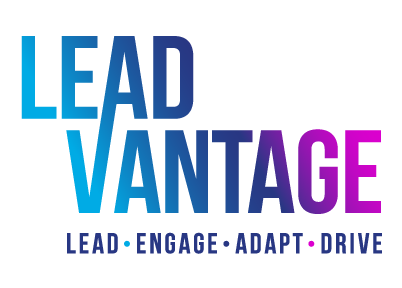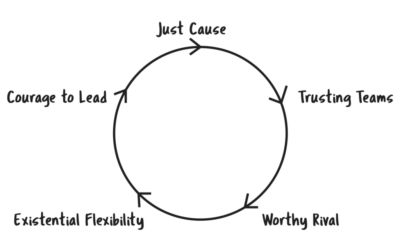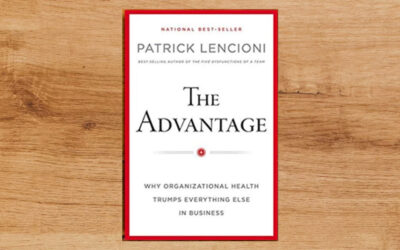-
“I don’t know.”
-
“I need help.”
-
“I’d like to give it a shot.”
-
“It’s important to me.”
-
“I disagree – can we talk about it?”
-
“It didn’t work, but I learned a lot.”
-
“Yes, I did it.”
-
“Here’s what I need.”
-
“Here’s how I feel.”
-
“I’d like some feedback.”
-
“Can I get your take on this?”
-
“What can I do better next time?”
-
“Can you teach me how to do this?”
-
“I played a part in that.”
-
“I accept responsibility for that.”
-
“I’m here for you.”
-
“I want to help.”
-
“Let’s move on.”
-
“I’m sorry.”
-
“Thank you.”
Source: Brené Brown from “Daring Greatly: How the Courage to Be Vulnerable Transforms the Way We Live, Love, Parent, and Lead”
Do you hear others saying these words within your organization? Do you say these words? Brené Brown states that these words indicate a positive workplace culture – one where everyone feels safe to be vulnerable. Feeling safe to utter these words can only exist in the presence of psychological safety.
Psychological safety is defined as:
“Being able to show and employ oneself without fear of negative consequences of self-image, status or career. It can be defined as a shared belief that the team is safe for interpersonal risk-taking – team members feel accepted and respected”.
In our foundational course of “Leading with Authenticity,” Lead Vantage walks leaders through the importance of psychological safety and their roles as leaders in creating environments where everyone feels accepted, respected, and safe.
We leverage Dr. Timothy Clark’s four-step model to explain psychological safety. (Source: Timothy R. Clark “The 4 Stages of Psychological Safety: Defining the Path to Inclusion and Innovation”)
Level 1: Inclusion Safety

When we see turnover within the first three to six months, we generally equate this to the new hire feeling disconnected from the organization. Inclusion was not present, and the new hire did not feel a sense of belonging.
Ask yourself: Do your team members feel like they belong to the organization and team? Do they feel readily accepted into your workplace and culture?
Level 2: Learner Safety

Many organizations often promote the need for continual learning yet quickly reprimand team members when mistakes are made. Learner safety is about creating an environment where team members can learn and grow and accept the fact that mistakes are a necessary part of learning, growth, and innovation.
Theodore Roosevelt said,
“… there is no effort without error and shortcoming.”
Ask yourself: Do your team members feel like they have an opportunity to learn and grow continually? Do they feel comfortable making mistakes without fear of repercussions?
Level 3: Contributor Safety
Picture this – you’re in a meeting. You sent out an agenda in advance. You open the meeting. You ask a question and are met with radio silence. Then, finally, one person pipes up … the same individual who speaks up at the meetings. The rest remain quiet, listening but not speaking.
When we hear of ” quiet ” teams, we ask the questions – Does the environment promote psychological safety where people feel comfortable contributing their ideas? How do you encourage ideas? How have ideas been received in the past? How has this contributed to the climate of these meetings today?
Quiet teams often lend themselves to cultures and groups where psychological safety is void.
Ask yourself: Do your team members feel like they can contribute ideas, openly share and bring ideas forward in an open environment?
Level 4: Challenger Safety

Engaged employees go far beyond happy employees. Engagement requires that our team members feel like they are a part of the organization’s success and want to play a role in that success. They question the status quo and understand the need to innovate to remain competitive.
Ask yourself: Do your team members question the status quo, opting to steer away from the mantra ‘it’s always been done this way!”?
Your turn …
When you look at the four levels of psychological safety, we encourage you to think about where you are in the levels and where you feel your team members are? What can you do to strengthen psychological safety within your teams?




